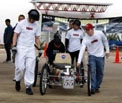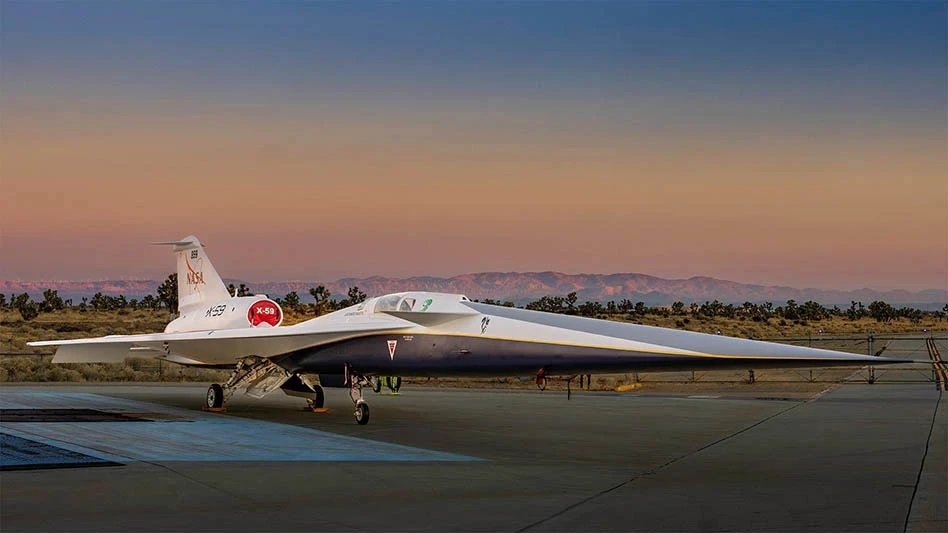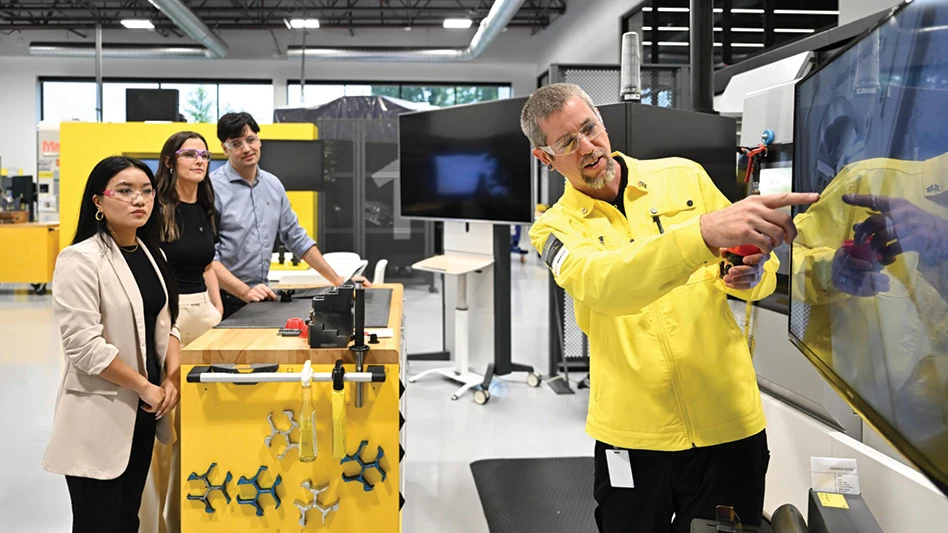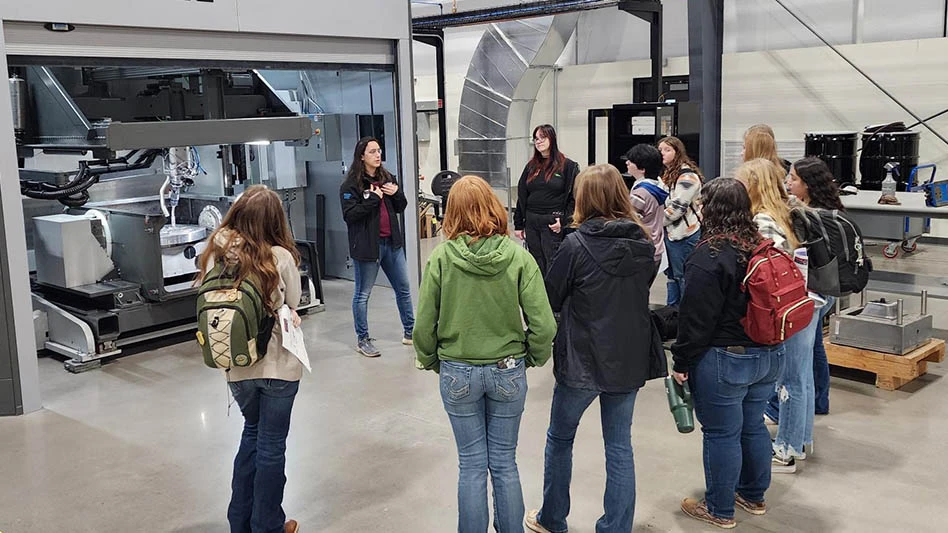
With the goal of increasing the number of future scientists, mathematicians, and engineers, NASA is dedicated to helping students realize their potential and arming teachers with the necessary tools to inspire their students and help them reach their dreams.
“It is important for students to know they can do anything to which they set their minds,” says Roger Hathaway, director of education at NASA’s Langley Research Center in Hampton, VA.
Just ask Bobby Braun.
Braun, NASA’s new chief technologist, was once a student at NASA and was a member of the first Langley Aerospace Research Summer Scholars (LARSS) program in 1986.
The LARSS program offers college students paid internships and the opportunity to work side-by-side with scientists and researchers while gaining hands-on experience.
Braun says LARSS provided the foundation to his long and successful career within NASA.
“The LARSS program brought me to NASA Langley, introduced me to the space systems analysis and atmospheric flight mechanics disciplines, and pointed me in the right direction at the start of my professional career,” he says.
“NASA’s education programs are extremely important,” Braun continues. “They service multiple purposes: attracting scientists and engineers into the agency; attracting and motivating many of the country’s best young minds into educational programs and careers in engineering and science; and serving as a component of the remedy to our nation’s scientific and mathematics literacy challenges.”
Current Education
An analysis released in 2009 by the National Center for Education Statistics reported that United States students placed below average in math and science and that there is a definite need for more math and science teachers.
To address this issue, NASA is constantly designing new and exciting programs and materials for both students and educators. New in 2010 is NASA’s Summer of Innovation program, which is in line with President Obama’s Educate to Innovate campaign for excellence. The overall goal of both programs is to improve participation and performance of students in STEM disciplines.
The Summer of Innovation pilot program will involve thousands of middle school teachers and students this summer to engage them in stimulating math and science-based education programs. There will be design competitions and events to go along with the summer learning program.
“NASA’s summer of Innovation will increase the scope and scale of the agency’s commitment to a robust program of STEM education opportunities,” says Joyce Winterton, associate administrator for education at NASA Headquarters in Washington, D.C.
In addition to structured programs and initiatives, NASA believes learning should be fun and interesting. From building robots to science camps, NASA offers a myriad of programs.
The NASA Great Moonbuggy Race, organized each year by NASA's Marshall Space Flight Center in Huntsville, AL, challenges high school and college students across the world to design a vehicle that meets a series of engineering problems similar to what the original moonbuggy – the one that explored the moon’s surface during the Apollo 15 mission – faced in 1971. Students then race their vehicles across a rugged terrain at the U.S. Space and Rocket Center.
Another unique event geared toward middle school students is Kids in Micro-g. Its purpose is to give students a hands-on opportunity to design an experiment or demonstration that could be performed both in the classroom and aboard the International Space Station (ISS).
At NASA Langley Research Center, high school students serious about careers in STEM can apply for the Virginia Aerospace Science and Technology Scholars (VASTS) program. Rising juniors who are accepted into the program spend six months participating in an online STEM curriculum. Based on course performance, scholars may be selected for a weeklong summer academy where they plan a mission to Mars. Students learn how to program and build robots, work together on teams, and see what life is like for a real NASA scientist or engineer.
Another way NASA gets students’ attention is through its Digital Learning Network (DLN). Free, interactive programming gets students from kindergarten to college excited about Earth and the universe beyond. Participants even have the ability to interact with NASA experts. Offered at 10 NASA centers, webcasting events are scheduled monthly.
Education is a top priority at NASA. From learning about the climate to what it is like to live in space, NASA aims to grow and strengthen the nation's future workforce by engaging students and teaching them about the world in which they live.
To hear about all of NASA’s education programs, visit:
nasa.gov/offices/education/programs/descriptions/Students-rd.html
By Amy Johnson, Education/Exploration Public Affairs Specialist, NASA Langley Research Center
NASA, Langley Research Center
Hampton, VA
nasa.gov
Latest from Aerospace Manufacturing and Design
- 2024 Favorites: #5 Article – Solving workforce issues with digital transformation
- 2024 Favorites: #5 News – GE Aerospace is investing in manufacturing
- 2024 Favorites: #6 Article – Mastering complex precision machined parts
- 2024 Favorites: #6 News – Boeing to acquire Spirit AeroSystems in $8.3B deal
- Season's greetings
- 2024 Favorites: #7 Article – Deep drawing aerospace components
- 2024 Favorites: #7 News – GKN Aerospace completes sale of St. Louis facility to Boeing
- 2024 Favorites: #8 Article – Beyond uptime





